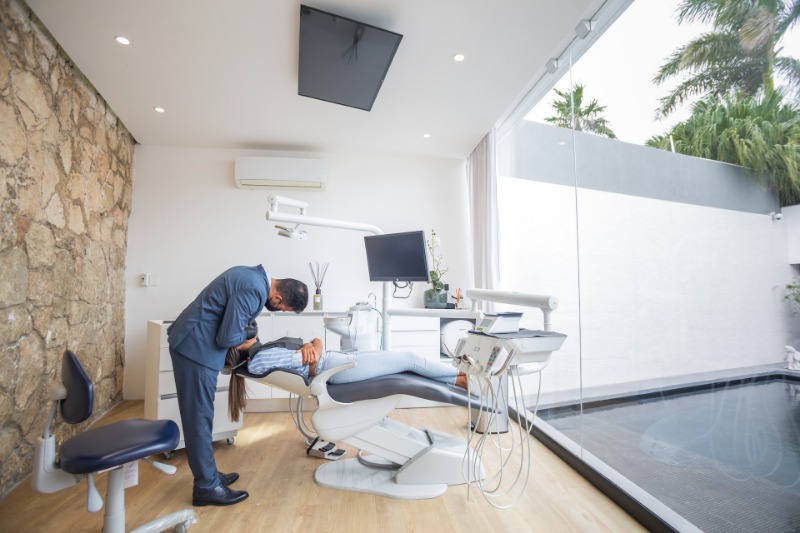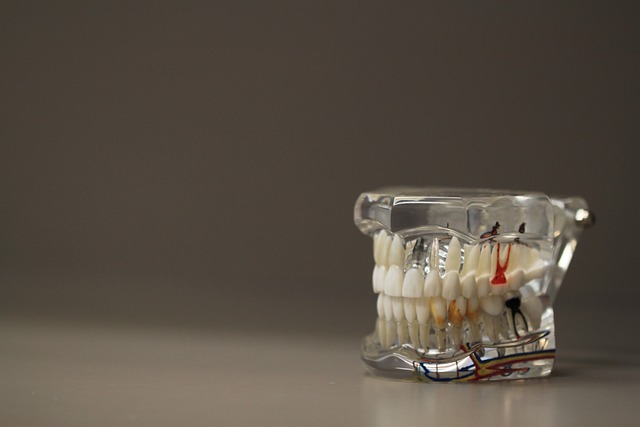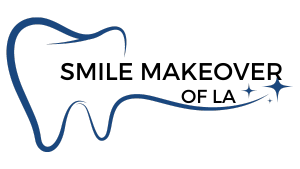
Digital imaging necessitates an x-ray unit, sensors to capture the images, and computer hardware and software to view, stock, and transfer images. A standard intraoral dental x-ray machine is generally used with radiographic film and digital imaging.
How Does Digital Imaging Work in Dentistry?
For the dentist to see the digital images, the computer must unite the pixels in their accurate locations. Besides, it should show shades of gray that link to the number that was assigned. The step is termed quantization. In digital imaging, the x-ray machine is still used. However, the image is transformed from analog to digital.
Recent Development in Digital Technology
Progress in digital technology has led to an exclusive “filmless” imaging system referred to as digital radiography.
Dentists have adopted Digital Radiography. Digital imaging promotes the use of computer technology to capture, exhibit, improve and hoard Radiographic images. Digital Imaging or Digital Radiography offers benefits over film. However, also like any other technology, it has encounters to overcome.
Digital Imaging Equipment
- X-ray Unit
- Digital Image Receptor – Analog to Digital Converter
- Computer Hardware, Software, and Printer
- Digital Receptor Holding Devices
The Benefits of Digital Imaging in Dentistry:

- A huge amount of data can be stockpiled in compressed-size drives. This is because of digital micro-storage technology.
- Digital dental images are easier to transfer. It can be easily stored in the form of electronic patient records.
- Digital dental radiographs permit your dentist to inspect areas in your mouth that are not noticeable to the human eye. Hence, enabling the finding of oral complications in their initial stage.
- Initial uncovering of dental complications saves you time, the uneasiness connected with dental complications, and money.
- The PSP and digital sensors found in the technology expose you to minimal radiation levels making digital imaging in dentistry harmless.
One of the most exhilarating aspects of how technology has altered dentistry is the introduction of digital imaging. This refers to the use of sensors to collect data and hoard it electronically to generate an image.
Digital imaging has become more widespread in dental offices. This is because of several factors, counting less radiation to patients, and fewer equipment and supplies to buy in the future. Most importantly, gray-scale steadfastness is essential in identifying illnesses and conditions. As with any equipment buying, dentists need to choose what type of digital system works best with their practice. This is because hardware and software digital systems are costly. Accordingly, discussing with colleagues their digital systems will support dentists and their staff learn more about several digital imaging systems. This is important before they invest in a specific digital imaging system. Digital imaging systems are dependable. It provides dentists and their staff with more radiographic choices to spot diseases, anomalies, and other situations.
To put it in simple words, Digital Dental Experience refers to precision, improved imaging, quicker service, and inclusive better treatment for patients.
Glendale Digital Imaging
At Smile Makeover of LA, Dr. Sahakyan, one of our reputed dentists in Glendale, chooses wisely which and when radiographs are taken. There are multiple guidelines that we follow. Radiographs permit us to perceive everything we cannot see with our own eyes. However, radiographs empower us to spot cavities in between our teeth, and control bone level, and health of bone. We can as well scrutinize the roots and nerves of teeth, and identify lesions such as cysts or tumors. Besides, we can evaluate damage when trauma happens.
Our aim is to support you and your family uphold the health, function, and beauty of your teeth and smile. We take special care to offer a timely, comfortable, and caring environment. Besides, we also keep updating our technology habitually to facilitate our goal.
Call us at 818-578-2334!
